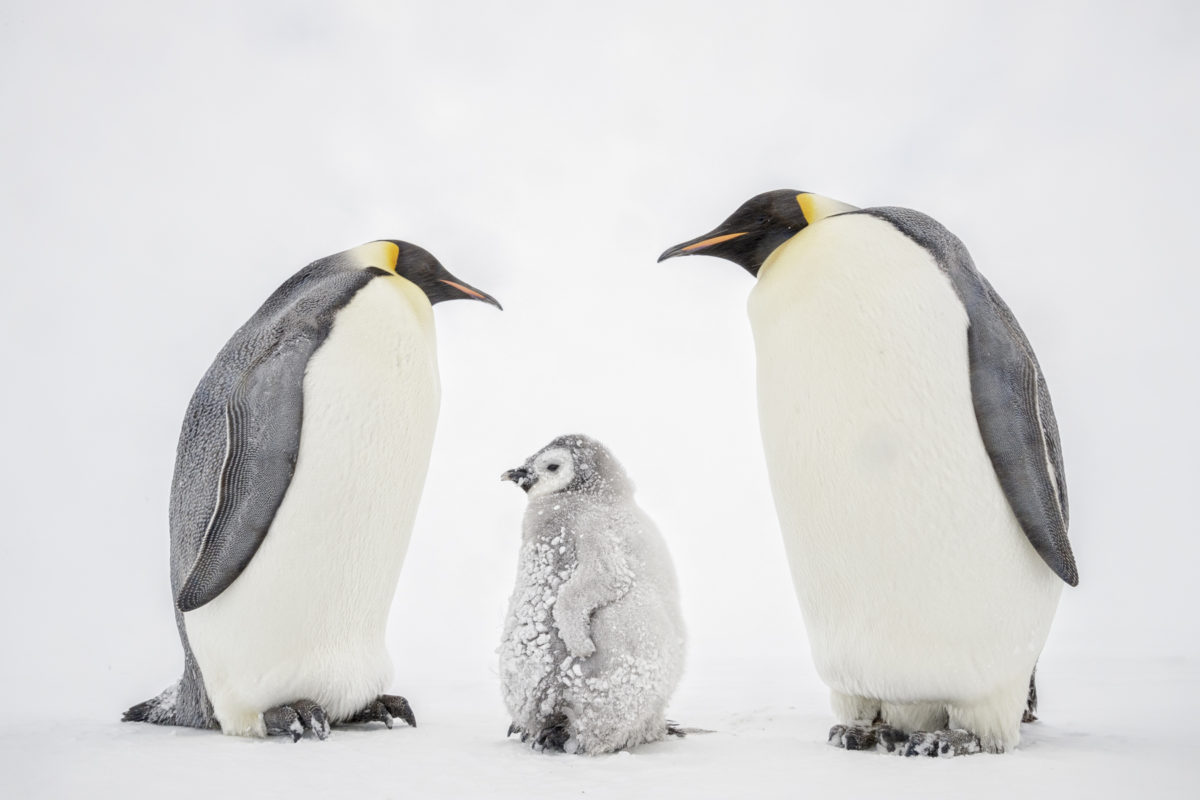Joshua Holko is an internationally acclaimed polar and sub-polar fine art photographer. He has won numerous awards and been featured in publications including National Geographic. On Thursday 15 April 2021 he presented at the Melbourne Camera Club to VAPS affiliated camera club audiences across Victoria. His talk was entitled: “Antarctica – The Great White Continent”. Holko conducts photographic expeditions to Antarctica and to other polar regions. You can find out about these and his work in general by visiting his website at https://jholko.com or his blog https://blog.jholko.com
——–
If you were travelling on board the Polar Pioneer to Antarctica around December say, you might bump into a chap from Melbourne. He is always on deck, in all weather conditions, taking photographs with the dedication of a pro. The man is likely to be Joshua Holko.
Holko had always been drawn to the Earth’s dramatic landscapes – deep verdant valleys, majestic mountains, expanses of water in lonely places. But it was his trip to Iceland in 2008 that crystallised what would ultimately become his niche as a polar and sub-polar photographer.
Perhaps it was the light. With twenty-four-hour summer daylight, the quality of light at the poles is unique. Holko’s presentation on Antarctica showcased his fascination with how light works to give shape and atmosphere to the environment. “I let the quality of the light drive my photographs,” he said. Holko prefers moody, over-cast days and the drama of the elements in contrast to Antarctica’s blue sky’s – far too vivid. As a result, his images capture the soft, golden light, and the pastel pinks, and blues created by a midnight sun or the dark, dangerous drama of a blizzard storm, or the magic of light-diffusing mists and falling snow. Most of his shots are back-lit or side-lit, and take advantage of light reflected from snow.
While Holko’s images celebrate the majesty of the Antarctic wilderness, they also depict his delight in the wild life that migrate there to breed (it’s only the Emperors “the holy grail” of penguins that live there all year round). He believes the best time to visit is at the beginning of summer (November/December) when the snow is still relatively pristine and the penguins are just beginning to establish their rookeries and lay eggs.
Holko studies the behaviour of wild life in depth before setting off on an expedition. In the field, once he has selected his background he likes to “work” an area, trying different compositions, different focal lengths while he waits for the right light and for his subject to walk through. His approach of singling out ‘the lone wolf’ from the mass allows him to communicate a sense of the universal in the particular. In one image we see a line of tiny penguins walking across an expanse of snow set against a backdrop of gigantic blue icebergs. It is the lone penguin scurrying behind the others that creates the story.
Carl Sagan wrote: “Once we lose our fear of being tiny, we find ourselves on the threshold of a vast and awesome universe …”. Holko communicates this sense masterfully. That is his aim, of course. “If someone stands in front of an image and feels something, then it’s a successful image,” he said. I would agree. What I appreciate about Holko’s work is that his photographs not only give me pause to reflect on what’s going on in the images and my own response to them but that they give me the chance to reclaim my sense of wonder about the natural world.
By Helen Lang
The video is available on the Members Video Library page

